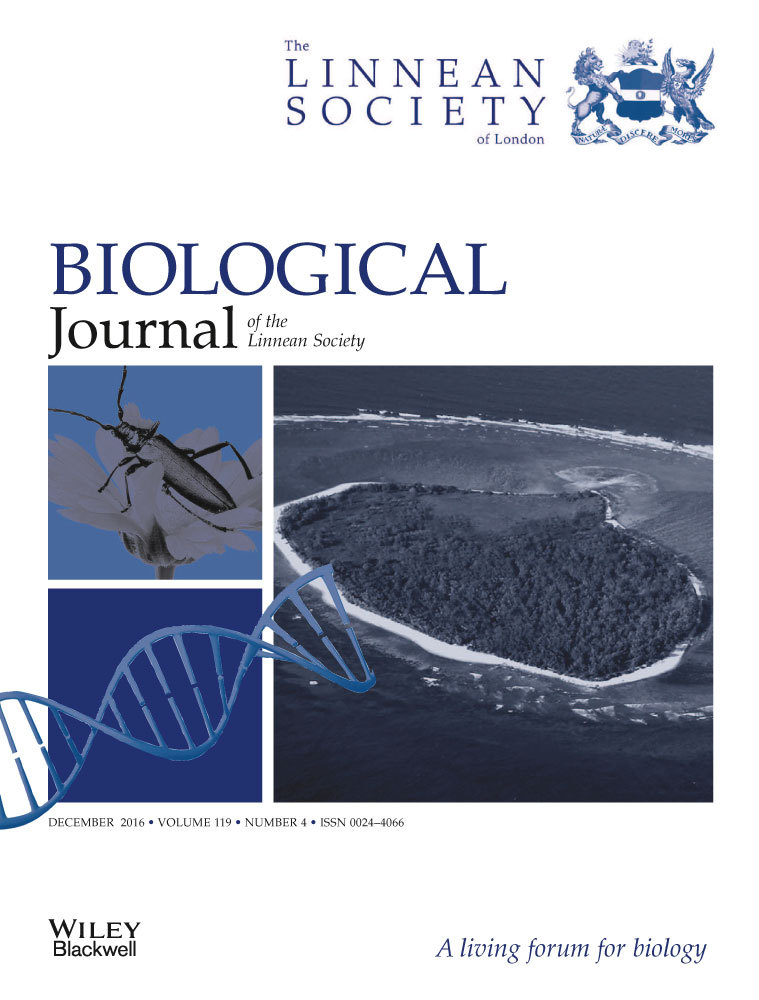Quantification of cranial convergences in arvicolids (Rodentia)
Abstract
Cranial convergence in nine species of arvicolids is quantified phenetically using geometric morphometry. In a preliminary step, a hypothesis about phyletic relationships is proposed as a framework against which to examine morphological comparisons. The cranial morphology is then depicted in three series of 37, 20 and 13 landmarks characterizing the lower, upper and lateral sides of the skull respectively. Superimposition (Procrustes) methods are used to quantify shape differences and establish phenograms for the three sides of the skull. The phenogram obtained for lateral sides reveals a strong connection between skull profile and mode of life: surface dwelling forms have elongated skulls whereas burrowers have angular skulls. The phenogram of the lower sides show no clear correlation between shape and mode of life. Analysis of the upper cranial sides revealed a substantial difference between hard-substrate burrowers and other ecological groups. The results of the morphological analyses are compared with the phyletic hypothesis and with ecological data to explore how convergences take place in the evolution of arvicolids. Analyses pointed out three instances of morphological convergence: one between Synaptomys cooperi and voles, one between Lagurus lagurus and lemmings, and one between Myopus schisticolor and some voles. Four main ecological events are discussed.




